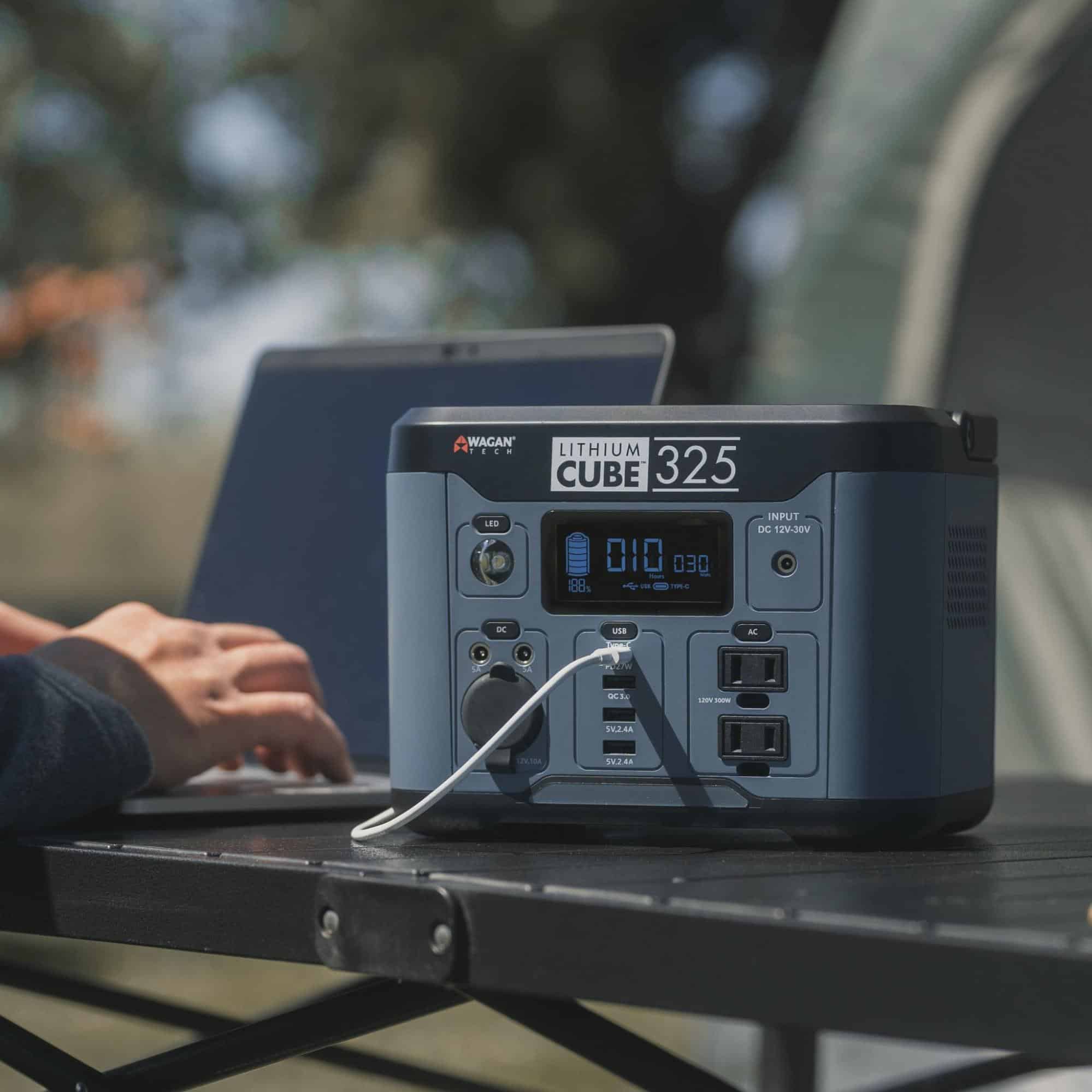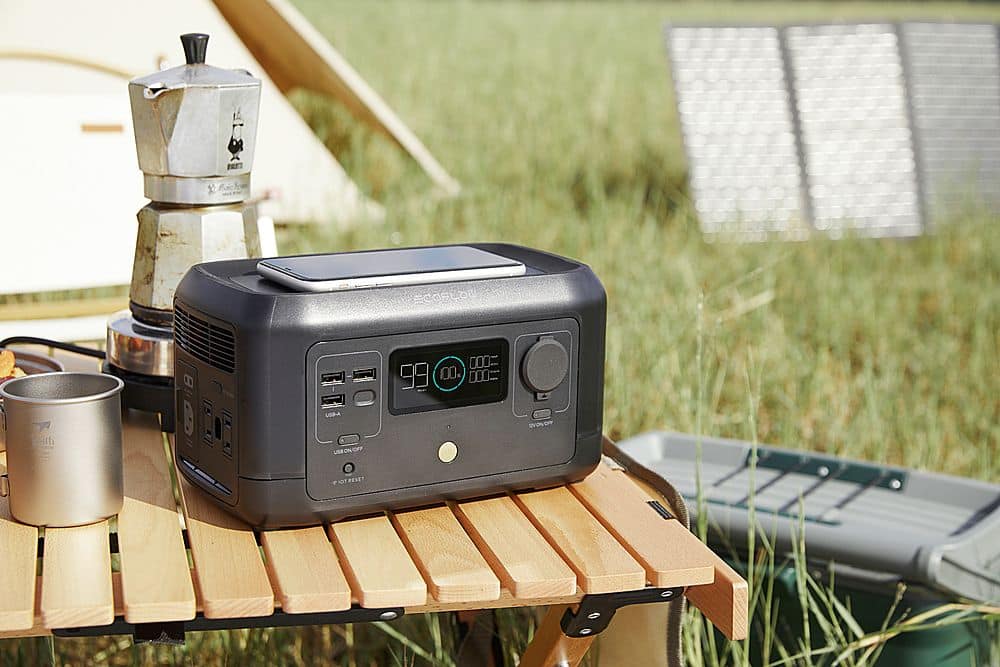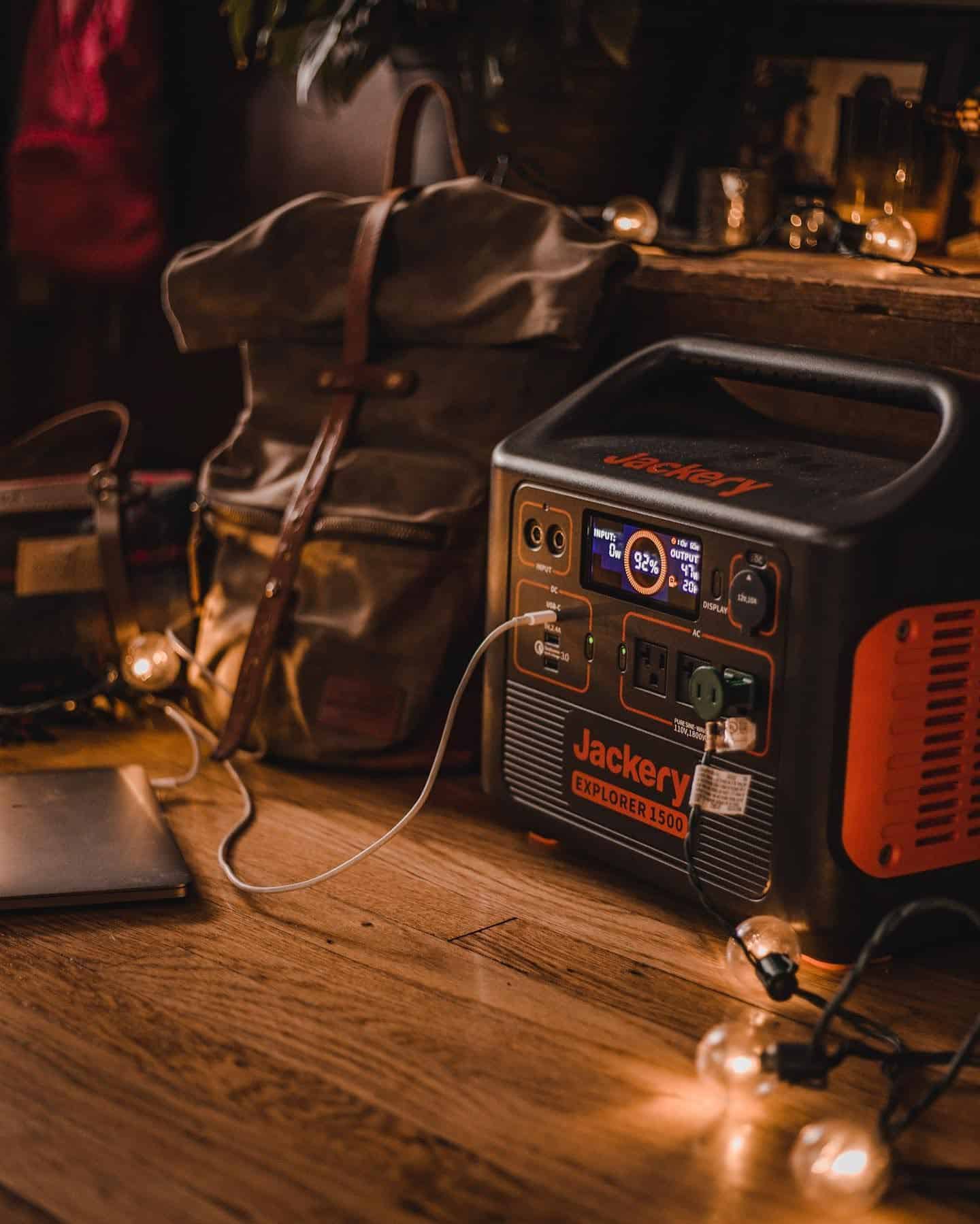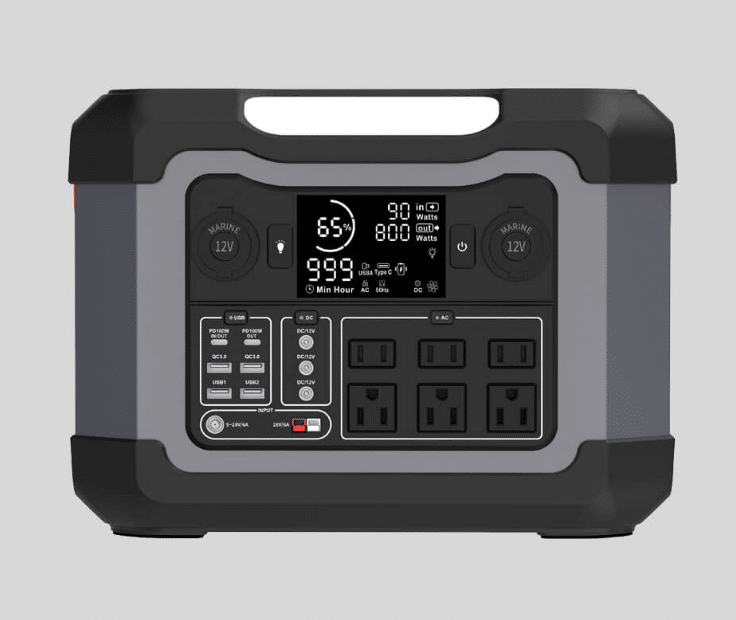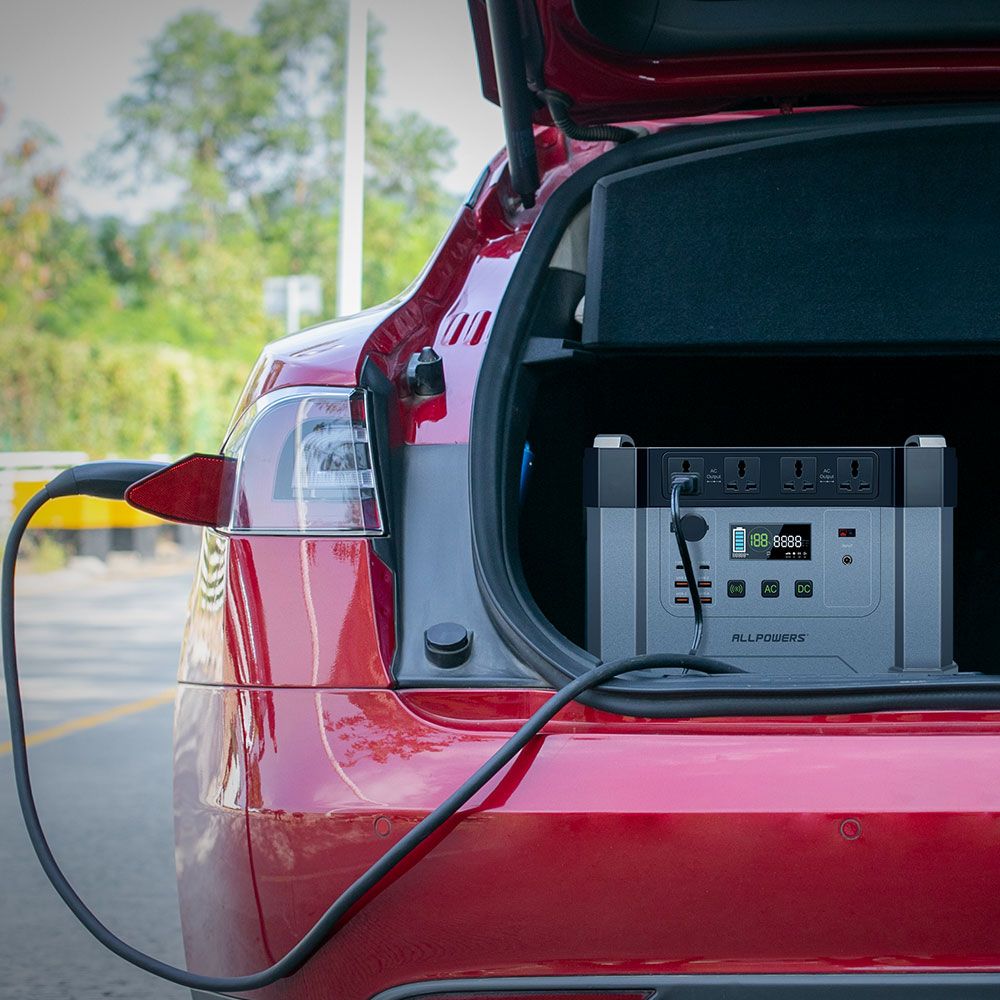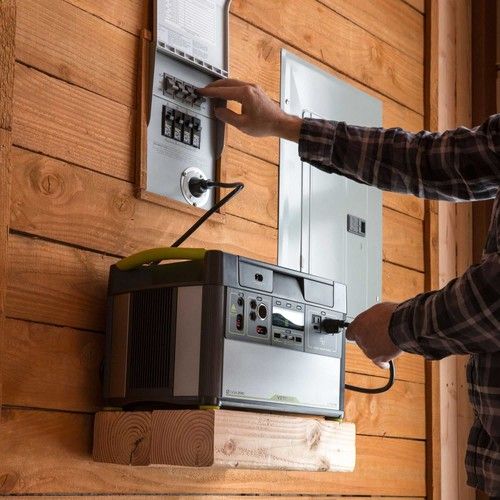Recently, lithium-based batteries for residential energy storage solutions are of high-value preference compared to traditional lead-based batteries. One of the latest players in the industry is lithium iron phosphate battery (LiFePO4). It’s popular, advantageous, and highly sought after.
However, lithium iron phosphate batteries also have the disadvantages of poor performance in shallow temperatures, the low tap density of positive electrode materials, etc. This post’s essence is to further discuss these disadvantages and much more about LiFePO4 batteries.
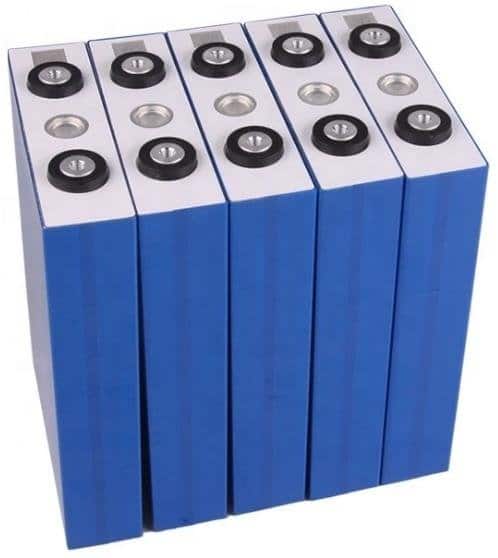
Image Source: ResearchGate
Disadvantages of Lithium Iron Phosphate (LFP) Batteries
What is Lithium Iron Phosphate Battery
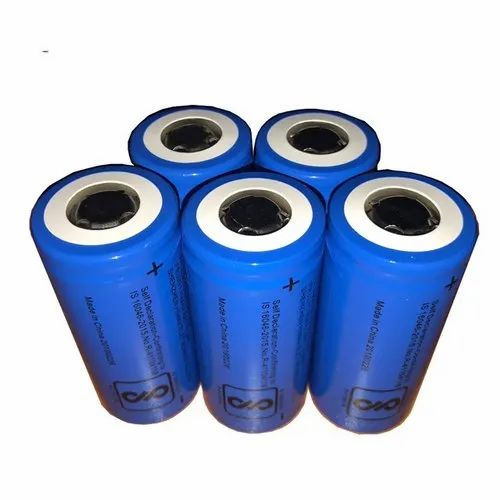
Image Source: IndiaMART
Lithium iron phosphate battery (LiFePO4) is a type of lithium-ion battery which uses lithium iron phosphate as its cathode material to store lithium-ion and uses graphite as its anode material. Lithium iron phosphate batteries are more thermally and chemically stable than the other types of lithium-ion batteries. This makes the system the safest option.
LiFePO4 batteries are widely used by homeowners and business owners desirous of adding long-term portable energy storage systems to their new or existing solar setups. For instance, Tesla now uses lithium iron phosphate batteries in many standard-range vehicles. They are also valuable for wind power energy storage equipment, warning lights, small medical equipment, UPS and emergency lights, electric vehicle, etc.
How Do Lithium Iron Phosphate Batteries Work?
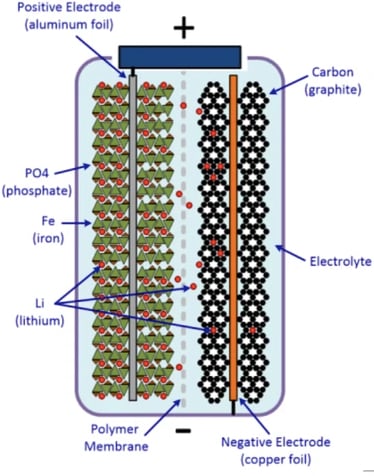
Image Source: Allaboutcircuit
Lithium iron phosphate battery consists of power-generating electrochemical cells for electrical power systems. In the figure above, LIFePO4 comprises a cathode, anode, separator, positive and negative current collectors, and electrolyte.
The anode (negative) terminal acts as the source of lithium-ion. The electrolyte carries positively charged ions to the cathode (positive) terminal from the anode and vice versa via the separator. The movement of lithium-ions flowing to and fro the anode and cathode also permits the flow of current when the battery is connected to electricity.
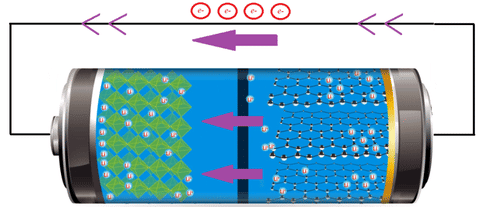
Image Source: rebel batteries
As shown in the diagram above, the lithium iron phosphate battery gets fully charged when all the positive lithium-ions in the cathode (positive) terminal reach the anode (negative) terminal and are stored between layers of graphene.
Iron Phosphate Battery Disadvantages
The disadvantages of lithium iron phosphate batteries are listed below;
- Lower energy density. Its energy density lower than other lithium-ion batteries.
- Performs poorly in shallow temperatures (below 0 degrees Fahrenheit).
- Low tap density, making it less useful in small portable devices like mobile phones.
- Transportation problem, as with other lithium-ion types.
Though Disadvantages Exist, are Iron Phosphate Batteries Good? (Lithium Iron Phosphate Battery Advantages Listed)
Transiting to long-term renewable energy sources is a matter of battery durability, resilience, and efficiency, which is increasingly paramount. Listed below are some advantages of Lithium iron phosphate batteries which will also be discussed in detail as we progress in the post.
Are Lithium Iron Phosphate Batteries Safe?
Yes, lithium iron phosphate batteries are safe compared to other energy storage solutions in the market. This is due to their good thermal performance and excellent chemical stability.
Lithium Iron Phosphate Battery Long Lifespan
Lithium iron phosphate batteries are built to last for a minimum of 10 years based on the feedback from tesla car batteries’ lifespan. The batteries are rated for about 4500 to 5000 cycles at 80% depth of discharge.
Lithium Iron Phosphate Battery Weight
LiFePO4 batteries are lightweight. The volume of the battery is ⅔ of the lead-acid battery, going by the exact specifications, and the weight is ⅓ that of the lead-acid battery.
Lithium Iron Phosphate Battery Working Temperature
LiFePO4 batteries perform best at high temperatures. Its wide working temperature is between -20 degree celsius to 75-degree Celsius.
Lithium Iron Phosphate Battery Output Power
Lithium iron phosphate batteries have a very constant discharge voltage, unlike other lithium-ion batteries. Voltage reaches 3.2V during discharge until the cell is depleted.
Are Lithium Iron Phosphate Batteries Toxic?
Lithium iron phosphate batteries are not toxic, non-contaminating, and do not contain rare earth metals, making them environmentally friendly.
Where to Buy Lithium Iron Phosphate Battery
Amazon.com is one of the best and most trusted places to buy lithium iron phosphate batteries. The website offers affordable LiFePO4 batteries of different sizes and capacities from well-trusted vendors and manufacturers. Prices on Amazon.com range from $79 to $3000, depending on your need and specifications – end user.
For large or small businesses, or the business contractors that in need of custom lithium ion battery, Sunly Battery Technology Co., Ltd. is one of the lithium iron phosphate battery manufacturers and designated suppliers to many internationally renowned brands in China and globally. The company has been in the industry since 2012 and provides lithium battery solutions for medical, lighting, security, and industry. And all batteries meet national standards, GB31241, IEC62619, and UL.
Well There are Other Lithium-ion Batteries that Can Be Your Selection Options
Lithium-ion batteries remain the dominant battery technology in the market and will likely maintain the trend soon. Lithium iron phosphate battery is just a type of lithium-ion battery. There are several other alternatives that are available in the market.
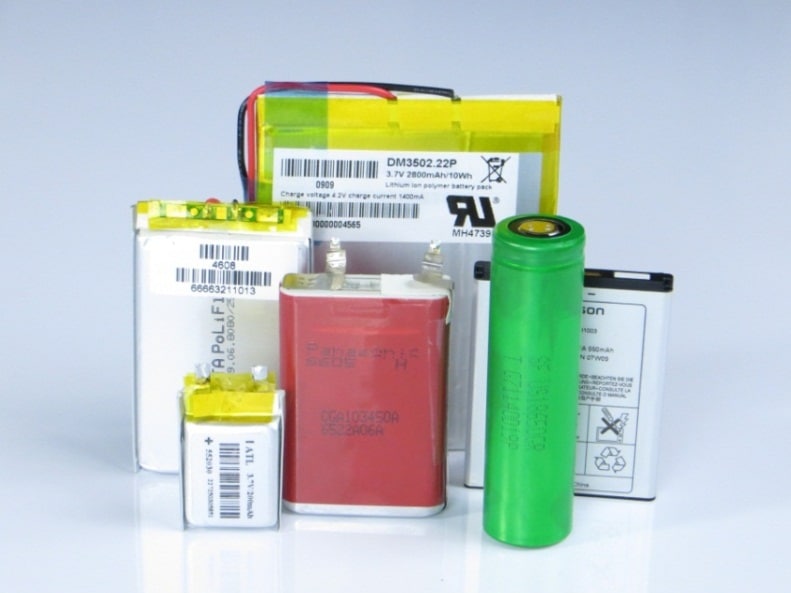
Image Source: Richtek Technology
Changing the chemical compound for the cathode (positive terminal) creates other alternatives to the lithium-ion battery. Some of these alternatives are; Lithium Nickel Cobalt Aluminum Oxide (NCA), Lithium Manganese Oxide (LMO), Lithium Titanate (LTO), Lithium Cobalt Oxide (LCO), etc.
Are Lithium Iron Batteries the Same as Lithium Batteries?
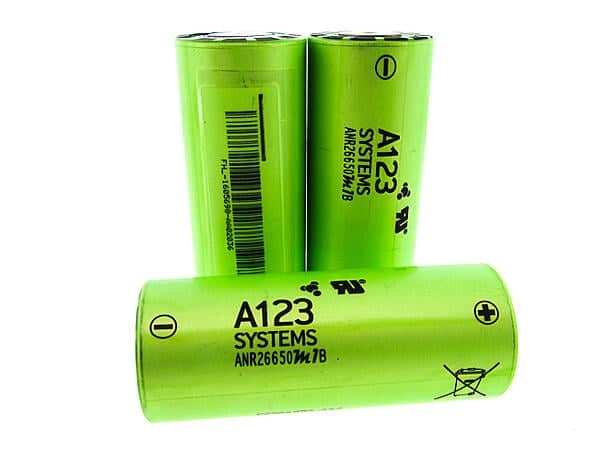
Image Source: blog.epectec.
Lithium-ion or Li-ion batteries are rechargeable batteries that apply the reversible reduction of lithium-ions to store energy. These batteries are characterized by very high power density. There’re several types of lithium-ion batteries/products that are listed below;
Lithium Cobalt Oxide (LiCoO2) Battery – LCO
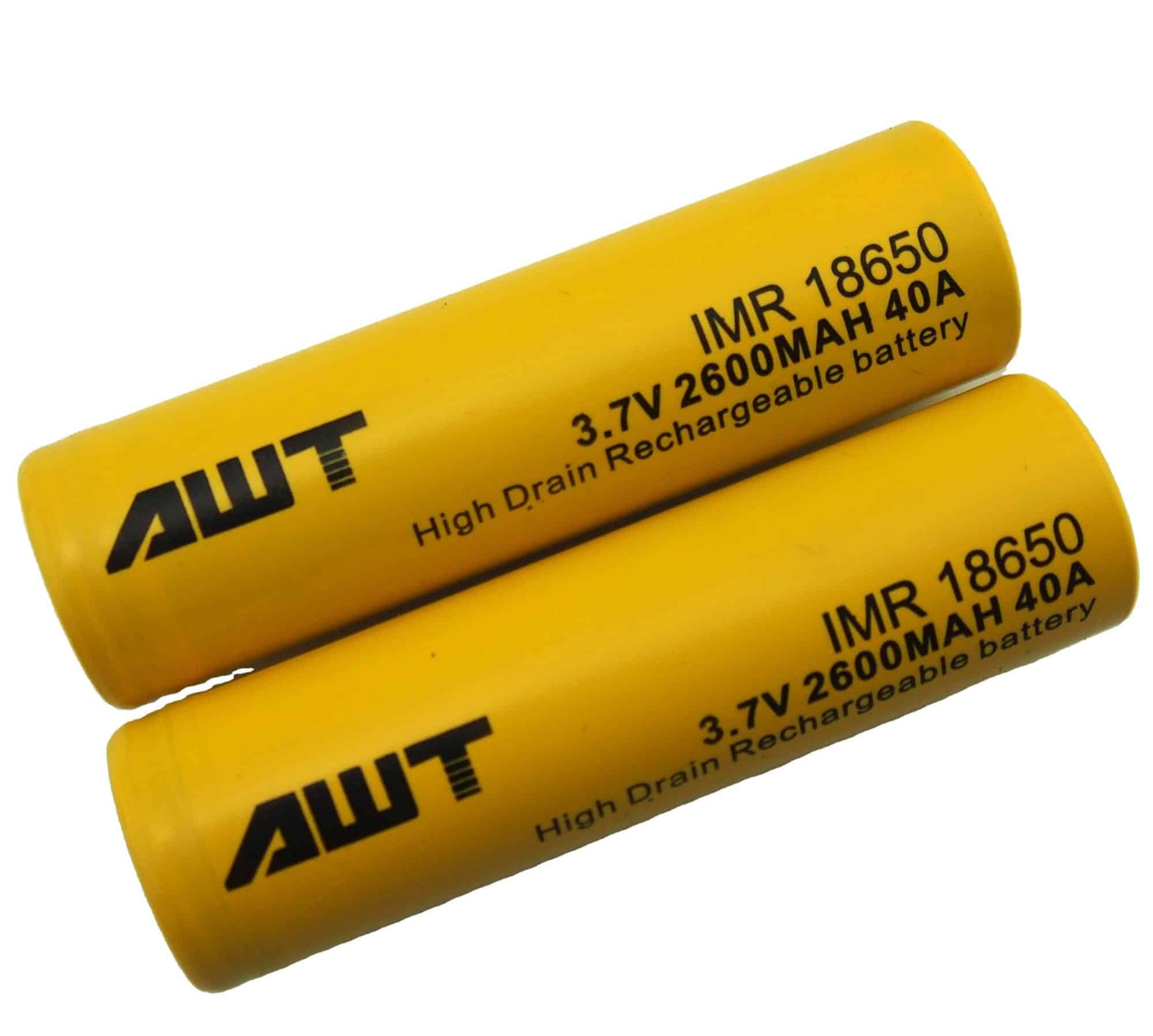
Image Source: Alibaba
referring to the battery terminology & terms guide, Li-cobalt batteries consist of cobalt oxide as their cathode terminal and graphite carbon as their anode terminal. The cathode is constructed with layered structures that allow lithium-ion flow to the cathode from the anode during discharge. The reverse flow charges the battery.
Lithium Manganese Oxide (LiMn2O4) — LMO
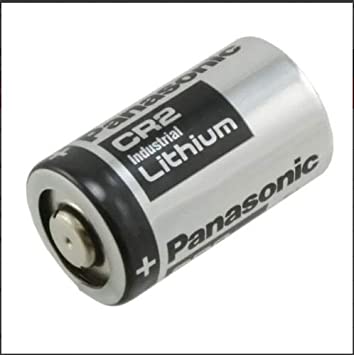
Image Source: Amazon.in
Li-ion manganese oxide batteries have manganese oxide as their cathode. The battery’s low internal cell resistance enables fast charging and high-current discharging. In a 18650 package, a Lithium manganese oxide battery can discharge at 20-30A on moderate heat buildup.
Lithium Nickel Cobalt Aluminum Oxide (LiNiCoAlO2) Battery — NCA
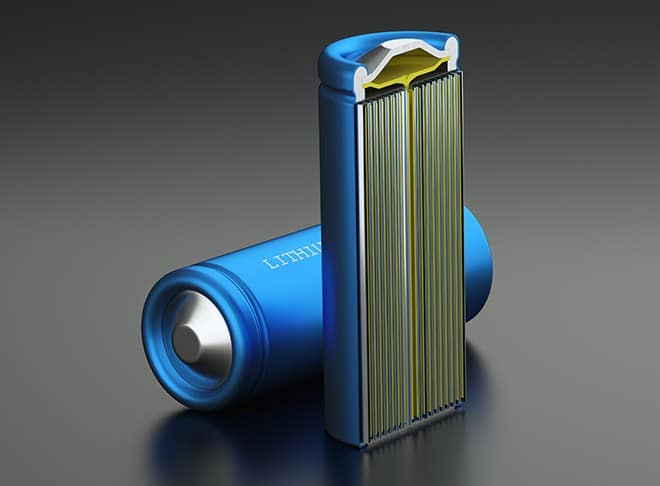
Image Source: BlogMech
Although NCA batteries are less safe and expensive than other lithium-ion batteries, they provide a high specific energy option, good specific power, and a better lifespan. For safety purposes, it must be connected to monitoring devices.
Lithium Nickel Manganese Cobalt Oxide (LiNiMnCoO2) Battery — NMC
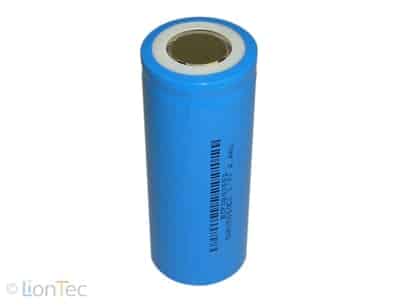
Image Source: TradeIndia
Lithium Nickel Manganese Cobalt Oxide batteries, also called NMC, have a cathode made of a mixture of nickel, cobalt, and manganese. As with other lithium-ion batteries, NMC batteries can have high specific power or energy density.
Lithium Titanate
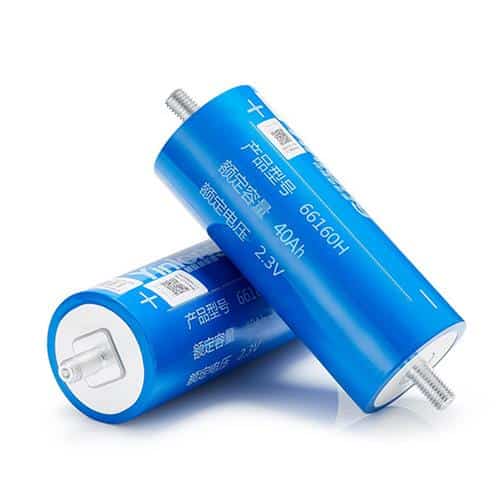
Image Source: Evlithium
Lithium titanates are often called li-titanate batteries and have an increasing number of uses. Lithium titanate batteries have super nanotechnology making them an extremely rapid recharge time.
Lithium-ion Batteries, Are They Better or Worst Than Lithium Iron Phosphate Batteries?
Is Lithium Iron Phosphate Battery a Lithium-ion?
Lithium iron phosphate battery is a LiFePO4 lithium-ion battery that uses iron phosphate as the cathode material and graphite carbon as the anode material.
What are LiFePO4 batteries?
LiFePO4 battery is the shortened form of lithium iron phosphate battery. It can be further shortened to an LFP battery. John B. Goodenough, a renowned physicist and chemist, is the first to identify and develop a lithium-ion battery. The scientist is one of the first to recognize how a lithium-anode battery can provide high charge density to power electric cars, smartphones, laptops, etc.
The three types of cells/categories used in LFP batteries are;
- Cylindrical lithium cells
- Lithium pouch cells
- Prismatic lithium cells
Lithium-ion Phosphate Batteries Chemistries
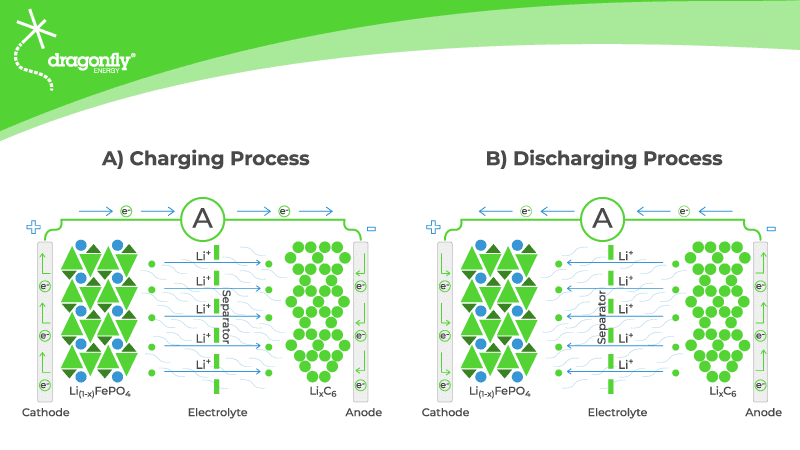
Image Source: dragonflyenergy
Lithium iron phosphate battery chemistry has a cathode made of lithium iron phosphate and an anode of graphite carbon. Its energy capacity is 90/120 watt-hours per kilometer, and a standard voltage of 3.20V or 3.30V. The charge rate of LiFePO4 is C, while the discharge rate of 1-25C.
Lithium Polymer
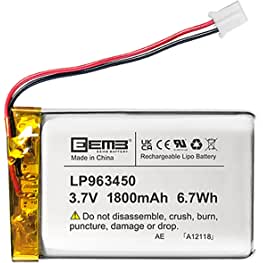
Image Source: Amazon.com
Lithium polymer (LiPo) battery is a rechargeable battery that uses both positive and negative electrodes, with semisolid, porous chemicaL, or gel-like electrolyte, instead of a liquid. These batteries offer higher specific energy than other lithium batteries and are helpful in weighty devices.
Lithium Titanate

Image Source: Alibaba
Lithium titanate batteries are a modified version of lithium-ion batteries, using lithium-titanate nanocrystals, on their anode surface, instead of carbon. This gives the anode a larger surface area of 100 square meters per gram, compared to using carbon, allowing electrons to flow in and out of the anode faster.
Lithium titanate battery has a faster charging rate than other lithium battery types. The only disadvantage is that it has lower energy density.
Lithium-ion Batteries Chemistries
The reactants in the lithium-ion cells are the cathode and anode, containing lithium atoms. Oxidation occurs at the anode during discharge, producing positively charged ions and negatively charged electrons. The electrons then flow to the cathode via the external circuit. In other words, discharging energy moves from the cell to where an electric current dissipates. During charging the reaction and movement goes in the opposite direction. The external circuit provides electric energy to charge the cell.
Lithium-ion vs. LiFePO4
LiFePO4 vs. Lithium-ion Safety, Stability
Of all the lithium-ion battery types, LiFePO4 is the safest because of its excellent thermal and structural stability. This is what lead acid and other battery types lack. Lithium iron phosphate is incombustible and able to withstand high temperatures without breaking. Subjecting it to high temperatures does not make its chemical and mechanical structure unsafe.
Generally, the operating temperature range for LiFePO4 batteries is between -4 and 140 degrees Fahrenheit, while a lithium-ion battery operates better at temperatures between 41 to 113 degrees Fahrenheit. Anything outside this reduces its functionality.
LiFePO4 vs. Lithium-ion Energy Density
An apparent power rating means it can deliver many currents and power without overheating. LiFePO4 battery has one of the highest specific power ratings compared to other lithium-ion batteries. It is also important to note that LFP has the least specific power energy rating, meaning less energy storage capacity per weight when compared to other times. However, you can increase the energy capacity by connecting several batteries in parallel.
LiFePO4 vs. Lithium-ion Weight
Considering the weight, LifePO4 batteries are lighter than lithium-ion. In the real sense, it is 50% lighter than lithium manganese oxide batteries. It weighs 70% less than ordinary acid lead batteries. Lithium iron phosphate batteries come in 90/120 Wh/kg, compared to lithium-ion batteries, which come in 150/200 Wh/kg.
LiFePO4 vs. Lithium-ion Lifespan & Lifecycle
LiFePO4 lifespan starts at about 2,000 complete discharge cycles and increases as the system discharges. LiFePO4 is second compared to lithium titanate in terms of lifespan. The only laid-back is that lithium titanate is very expensive.
In addition, LiFePO4 has an advantage over lithium-ion battery types in terms of the lifecycle (last 4 to 5 times longer). It has a lifestyle of 1,000 to 10,000 cycles. This advantage is critical because lithium-ion batteries can overheat and inflame, but LFP batteries cannot.
LiFePO4 vs. Lithium-ion Charging
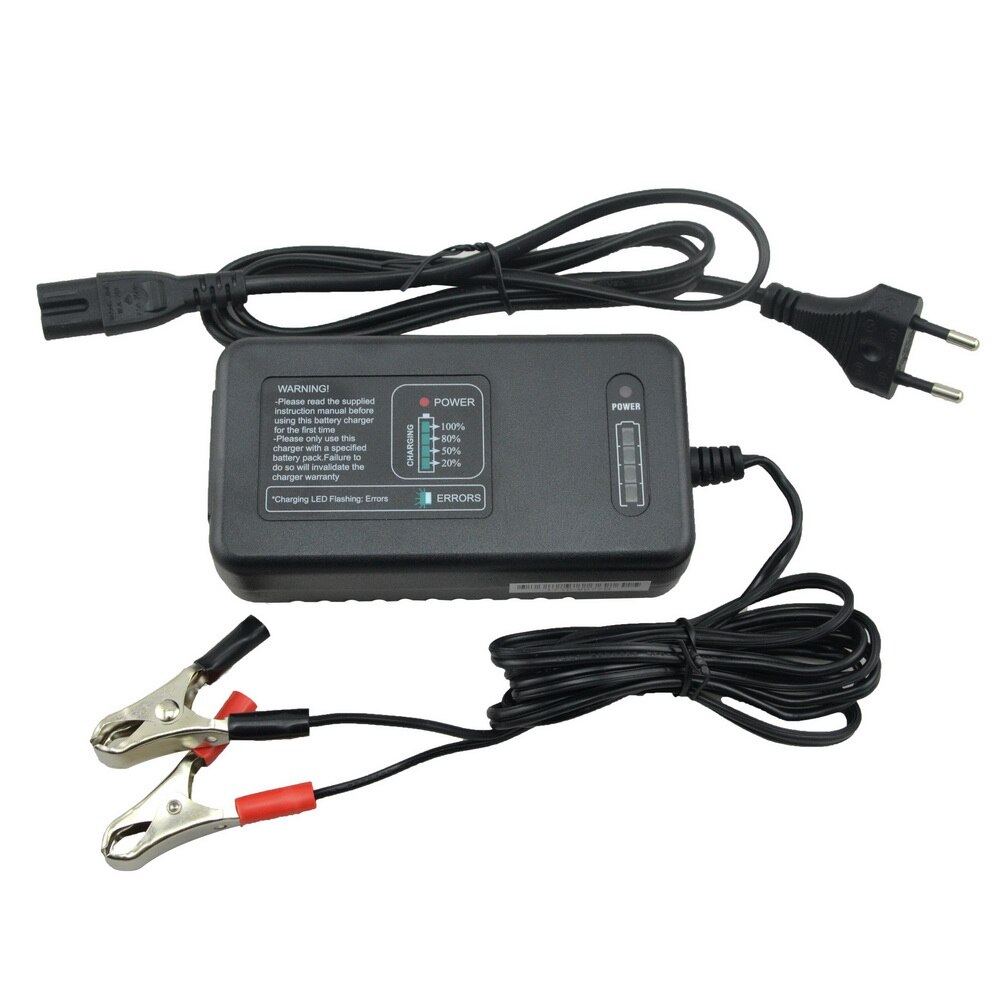
Image Source: AliExpress
Ideally, lithium-ion batteries have a self-discharge rate of less than 5% per month when stored at an ideal temperature and a favorable condition to charge. On the other hand, LiFePO4 batteries get fully charged in 2 hours or less and have a self-discharge rate of 3% per month, which is lower, indicating better stability and a longer retention rate.
LiFePO4 vs. Lithium-ion Cost per kWh
The cost per KWh of every battery depends on the battery reserve capacity since they all come in different storage sizes. For instance, a lithium iron phosphate battery can cost $494 per KWh, while a lithium-ion battery can sell at $132/kWh. To know the price, first, calculate the KWh rating of the battery. That is KWh = (Voltage x Ampere hour)/1000.
LiFePO4 vs. Lithium-ion Usages & Applications
LiFePO4 vs. Lithium-ion Solar
LiFePO4 batteries are preferred in applications such as recreational vehicles, solar batteries, and electric vehicles due to their many advantages and better performance. In contrast, lithium-ion batteries are more applicable with limited battery size because of their higher energy density.
LiFePO vs. Lithium-ion Warranty
LiFePO4 chemistry cells have the most robust and long-lasting battery chemistry and are likely to last for about 10 years if properly handled. The lithium-ion battery also has a warranty of 10 years, and it’s pro-rated from 100% at the first year to 60% at the end of 6000 cycles or 10 years.
LiFePO4 vs. Lithium-ion Environmental Concerns
LiFePO4 batteries pose no environmental danger as they do not release toxic substances (gases and chemicals) into the environment. Also, they have a long lifespan, leading to less battery change. Their shorter lifespan leads to the constant change of batteries, resulting in more severe waste concerns in the environment. On the other hand, lithium-ion batteries release significant toxic substances at very high temperatures.
Are Lithium Iron Phosphate Batteries Better?
Lithium iron phosphate batteries offer many benefits compared to lithium-ion or lead acid batteries, making them better than them. Some of its benefits are;
- Prolong lifespan
- Improve charge and discharge efficiency
- No maintenance
- Extremely safe and lightweight
Lithium Iron Phosphate Battery vs. Gel Batteries
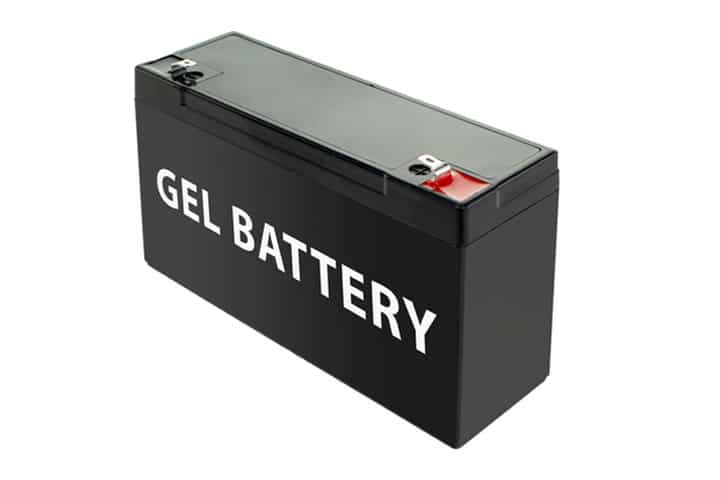
Image Source: Research Dive
A gel battery was constructed to better lead acid batteries with a sealed construction not requiring electrolyte top-up. Comparing it with lithium iron phosphate batteries, the latter lasts longer. Also, gel batteries require special venting in its compartment, which is not needed for lithium batteries.
Lithium Iron Phosphate Battery vs. Lead Acid Batteries

Image Source: Clean Energy Reviews
Lead acid batteries are cheaper than lithium iron phosphate batteries, although LFP lasts ten times longer. In addition, lead-acid batteries require constant maintenance, like electrolyte top-up, but lithium iron phosphate batteries do not.
Lithium Iron Phosphate Battery vs. AGM Batteries
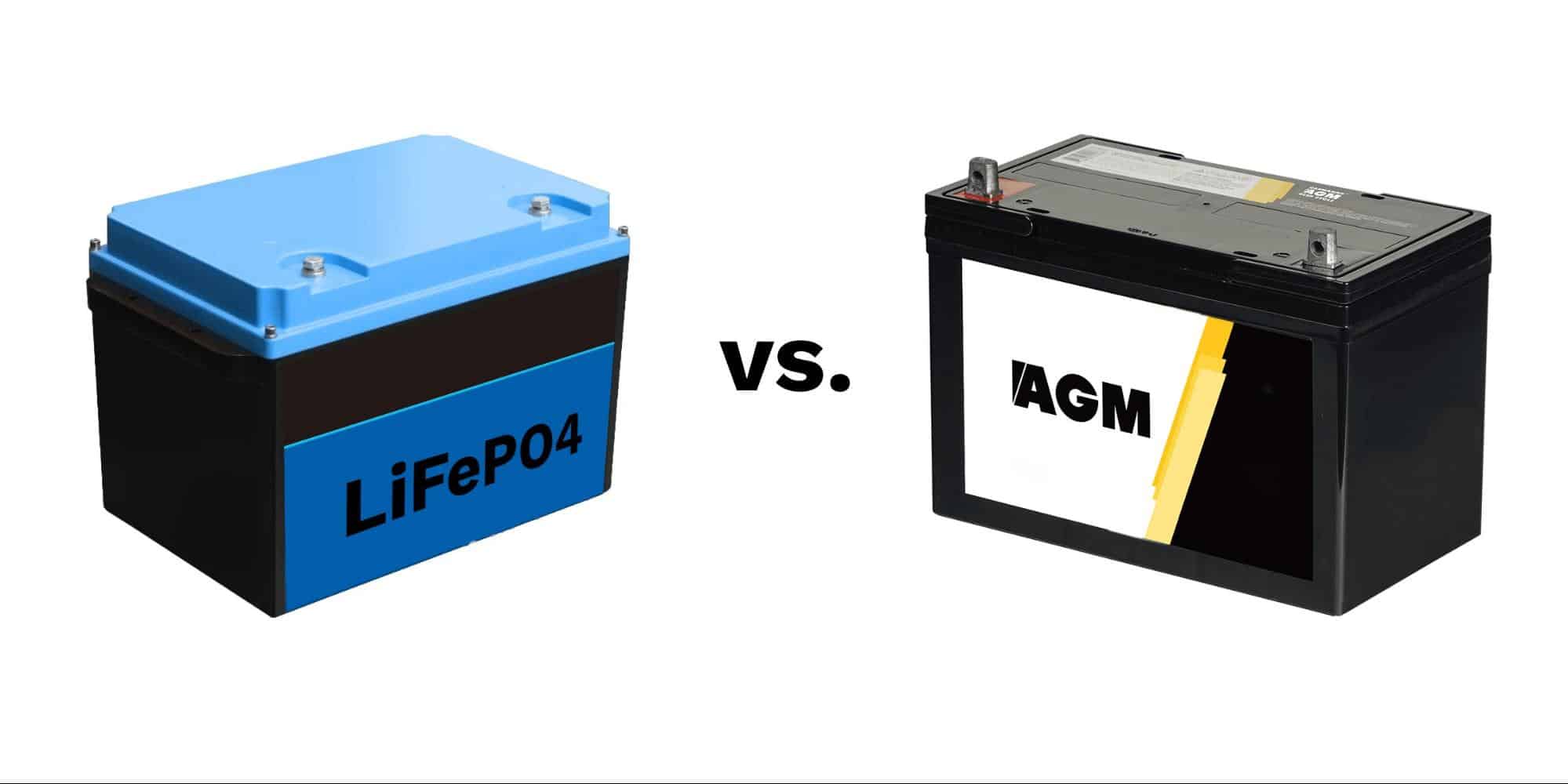
Image Source: Vanomize
AGM batteries are the newest types of replacing gel batteries and lead-acid batteries in the market. However, when placed side by side with a lithium iron phosphate battery, its performance feels pale. The latter last six times longer and provide a higher depth of discharge.
Lithium Iron Phosphate (LiFePO4) vs. Lithium-ion: Summary
In conclusion, we’ve been able to analyze lithium iron phosphate battery advantages and disadvantages over lithium-ion batteries. As discussed, we can conclude that its benefits outweighs its disadvantages, making it a better option. However, if you need further help and assistance in making a choice, you might want to interact with an expert. If so, visit https://sunlypower.com/ to meet with our professionals.

